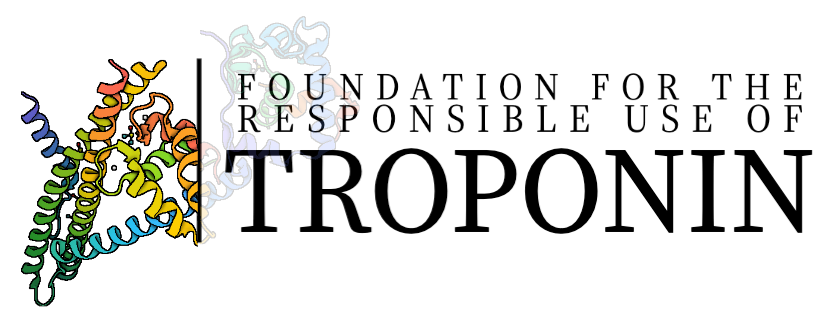High-sensitivity cardiac troponin I after coronary artery bypass grafting for post-operative decision-making
Clinical question: What is the optimum cutoff for high sensitivity troponin I (hscTnI) for post-operative workup of patients undergoing coronary artery bypass graft (CABG) surgery?
What was already known: The current troponin cutoff value in patients with recent CABG is 10-70 times the upper reference limit (URL), but this cutoff is either arbitrarily chosen or based on prognostic associations, limiting its usefulness in clinical decision-making.
Methods: This is a retrospective study of 4684 patients undergoing elective CABG between January 2013 and May 2019 at a center in Germany (excluding patients with urgent or emergent procedures, children, and CABG combined with valvular procedure or ablation). hscTnI was measured prior to surgery and at several time points postoperatively. The primary outcome measured was repeat revascularization (invasive coronary angiography with percutaneous coronary intervention or repeat surgery).
Results/implications: At 12-15 hours after CABG, elevation of hscTnI above 307 times the URL in the absence of EKG, echocardiogram, or hemodynamic changes was associated with need for repeat revascularization, suggesting that hscTnI value at this time point that is lower than the cutoff can be useful for ruling out need to ICA (but not ruling it in). At 48 hours postoperatively, a cutoff value of 500 times the URL was found to be significantly associated with repeat revascularization, increased rate of 30-day major adverse cardiovascular events, and increased all-cause mortality after a median follow-up period of 3.1 years. At time points earlier than 12 hours postoperatively, hs-cTnI elevations had a low yield for clinical-decision making.
Bottom line: For postoperative workup of patients following CABG, higher hscTnI cutoffs than what guidelines currently recommend should be used to guide clinical decision-making.
